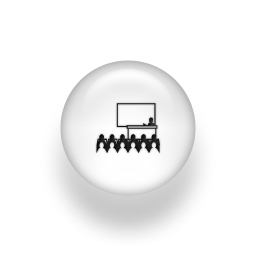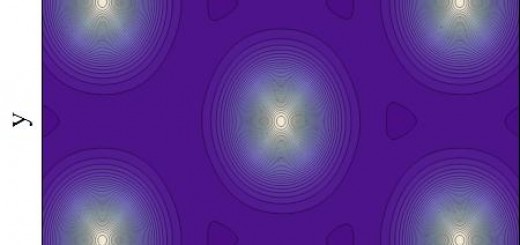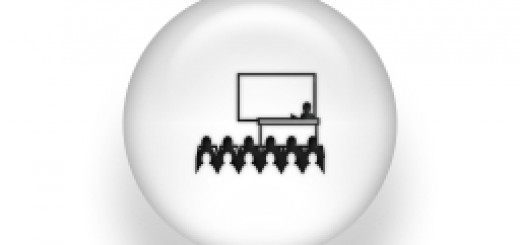Quantum transport of cold atoms
 Wednesday, 23 February 2011. 12:00-13.00
Wednesday, 23 February 2011. 12:00-13.00
Prof. Fernando Sols
Departamento de Física Teórica, UCM
ABSTRACT:
Cold atom devices permit the exploration of novel forms of quantum transport that are difficult or impossible to realize in traditional electron transport setups. Under the action of an external driving, long-term coherent atom motion can be quite sensitive to the initial switching conditions even in the presence of interactions [1]. If the driving violates space- and time-inversion symmetry simultaneously, then coherent motion of a Bose-Einstein condensate in a given direction can be induced [2], as has been recently observed [3]. For weak driving, this coherent quantum ratchet stems from the interference between first- and second-order processes, as revealed by precise analytical work [4]. A different scenario is that of a leaking condensate passing through an interface which separates regions of subsonic and supersonic flow. On the supersonic (normal) side of the event horizon, we find the bosonic analog of Andreev reflection in superconductors [5]. On the other hand, the analog of Hawking radiation is emitted into the subsonic side, even at zero temperature. We study a double barrier structure which is predicted to emit resonant, highly non-thermal Hawking radiation [6].
[1] C. E. Creffield and F. Sols, “Controlled Generation of Coherent Matter Currents Using a Periodic Driving Field”, Phys. Rev. Lett. 100, 250402 (2008).
[2] C. E. Creffield and F. Sols, “Coherent Ratchets in Driven Bose-Einstein Condensates”, Phys. Rev. Lett. 103, 200601 (2009).
[3] T. Salger, S. Kling, T. Hecking, C. Geckeler, L. Morales-Molina, and M. Weitz, “Directed Transport of Atoms in a Hamiltonian Quantum Ratchet”, Science 326, 1241 (2009).
[4] M. Heimsoth, C. E. Creffield, and F. Sols, “Weakly driven quantum coherent ratchets in cold-atom systems”, Phys. Rev. A 82, 023607 (2010).
[5] I. Zapata and F. Sols, “Andreev Reflection in Bosonic Condensates”, Phys. Rev. Lett. 102, 180405 (2009).
[6] I. Zapata et al., to be published.


















